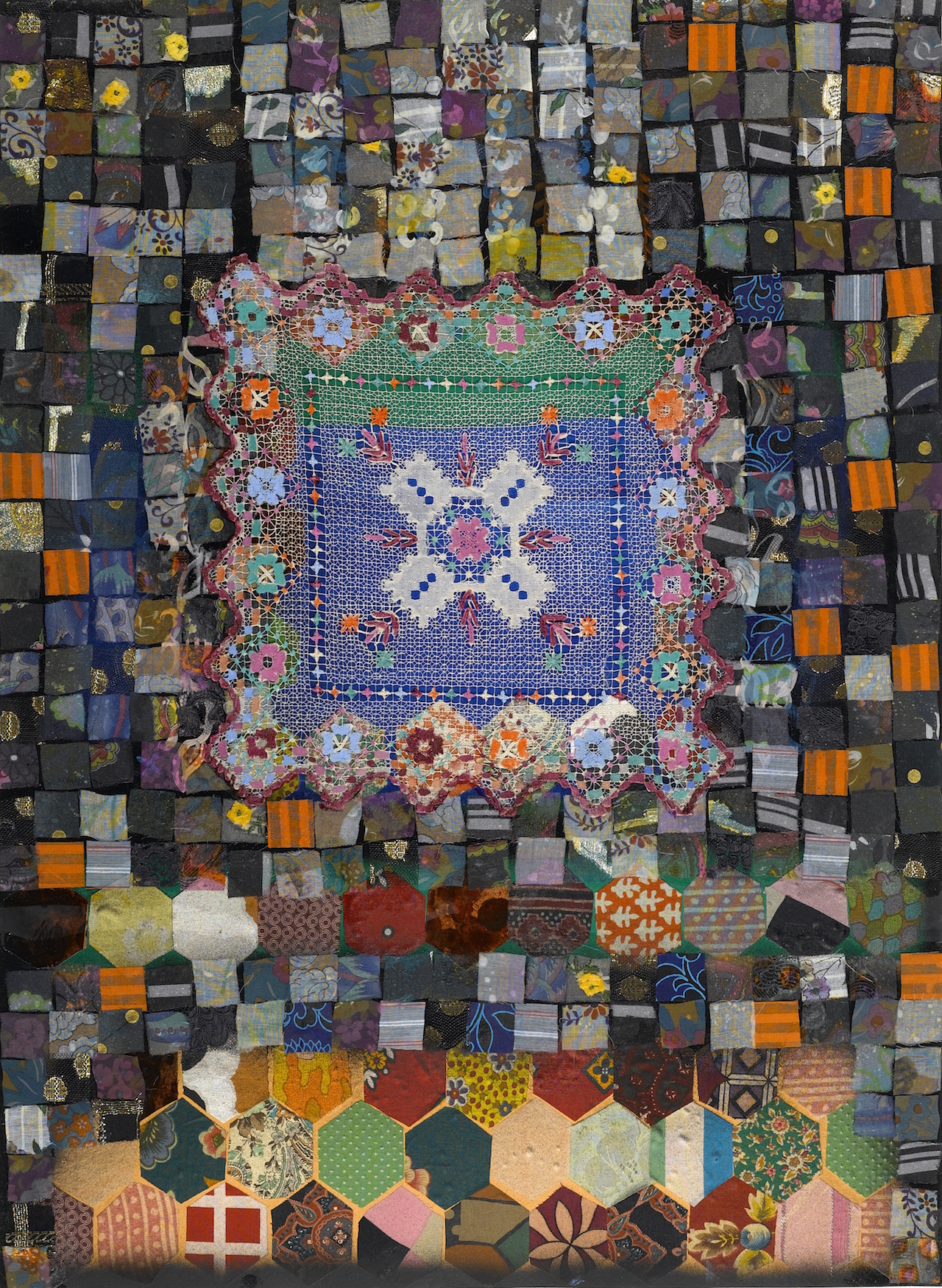
Miriam Schapiro (screenshot via YouTube)
The American artist Miriam Schapiro died on Saturday. Her death brings up enormous issues about feminism, legacy, and about the role an artist plays in how she enters a history she helped to create — even the idea that such a history could and should exist, one that included the voices and images of women. Because of Schapiro’s long decline and old age, her friends have anticipated this moment and been haunted by it.

Miriam Schapiro (with Sherry Brody), “Dollhouse” (1973) (collection of the Smithsonian American Art Museum, photo by Bailey614, via Wikimedia Commons) (click to enlarge)
It is necessary to say that Schapiro was enormously important to the development and the definition of feminist art. She was a talented and bold artist who first made her mark in the New York School, a notoriously inhospitable place for women artists, who in midlife whole-heartedly embraced the political ideology of women’s liberation and sought to find aesthetic principles and methodologies that would be a visual equivalent of feminism. She was instrumental in CalArts inviting Judy Chicago and the women artists of her Fresno Feminist Art Program to Valencia, including Nancy Youdelman, Christine Rush, and Faith Wilding. She was highly instrumental in the production of the CalArts Feminist Art Program‘s legendary installation art project Womanhouse in 1972. But almost incredibly, as I found out under duress, she does not figure in the most famous documentation of that project, Joanna Demetrakas’s film Womanhouse (I have speculated on the reasons for that in my short essay “The Womanhouse Films” in my book A Decade of Negative Thinking).
During that period, in the 1970s and early ’80s, Schapiro transformed her own work and did some very beautiful and powerful collage-based paintings. The best pieces combined the rigorous structure of her pre-feminist, hard-edged abstractions with elements from culture associated with femininity — lace, clothing — helping to establish many of the now-familiar tropes of feminist art, exemplifying what she called “femmage,” and making her an important figure in the Pattern and Decoration movement.

Miriam Schapiro, “Anonymous was a Woman” (1976), acrylic and collage on paper, 30 x 22 in. (Brooklyn Museum, gift of Amy Wolf and John Hatfield in memory of Cynthia Africano, 2005; © Miriam Schapiro) (click to enlarge)
In the ’70s and later Schapiro travelled and taught widely and in every instance she transformed the lives of many of the women artists she encountered. As a teacher she also had a big impact on male artists seeking alternative ways of being an artist and sources and methods for making art.
She could be quite difficult and many of the important women artists whose lives she touched found themselves alienated from her and yet always retaining their admiration and sympathy for her, despite and perhaps even because of the complexity of her character. Her influence on many women artists’ work and her role in many women artists’ lives are both enormous.
Sadly, for about the last decade Schapiro suffered from some form of dementia, and her consequent absence from the scene contributed to her losing the place of prominence in the history of ’70s feminist art that she deserved to hold. More broadly, the full range of her work from the ’50s to the early ’80s was obscured. I hope that this situation will be rectified in the coming years.

Miriam Schapiro, “Agony in the Garden” (1991), acrylic on canvas with glitter, 90 x 72 in. (Brooklyn Museum, purchase gift of Harry Kahn, 1991; © Miriam Schapiro)
For a very extensive interview with Schapiro visit the Archives of American Art.

Δεν υπάρχουν σχόλια:
Δημοσίευση σχολίου